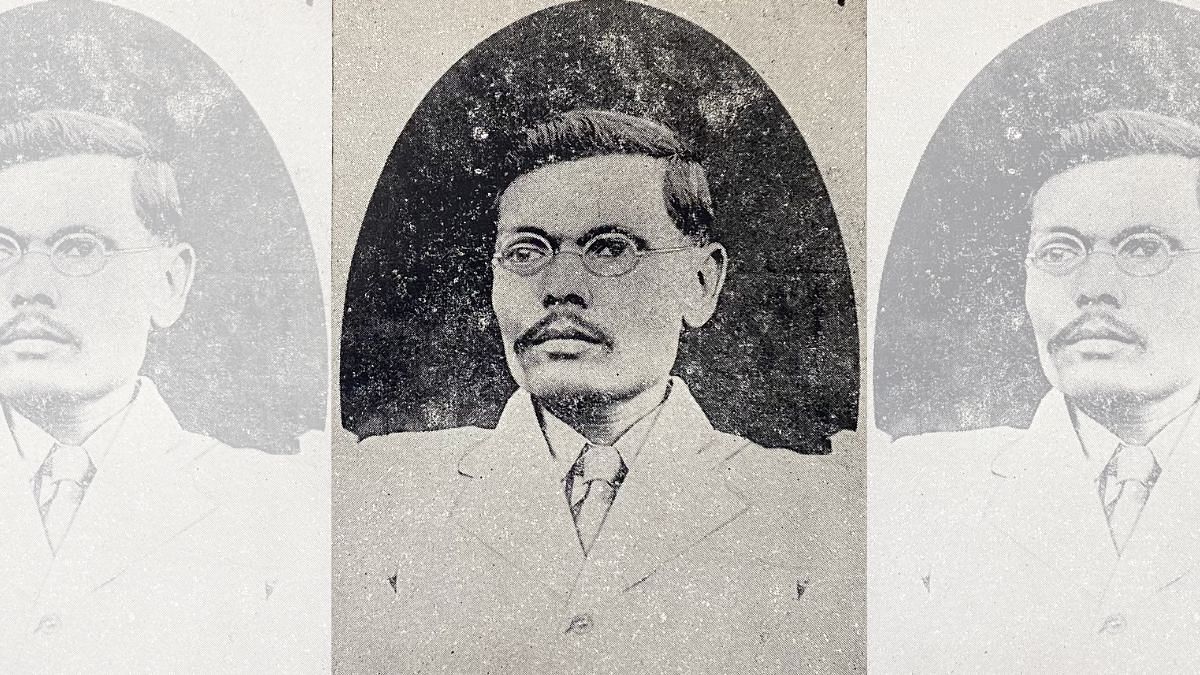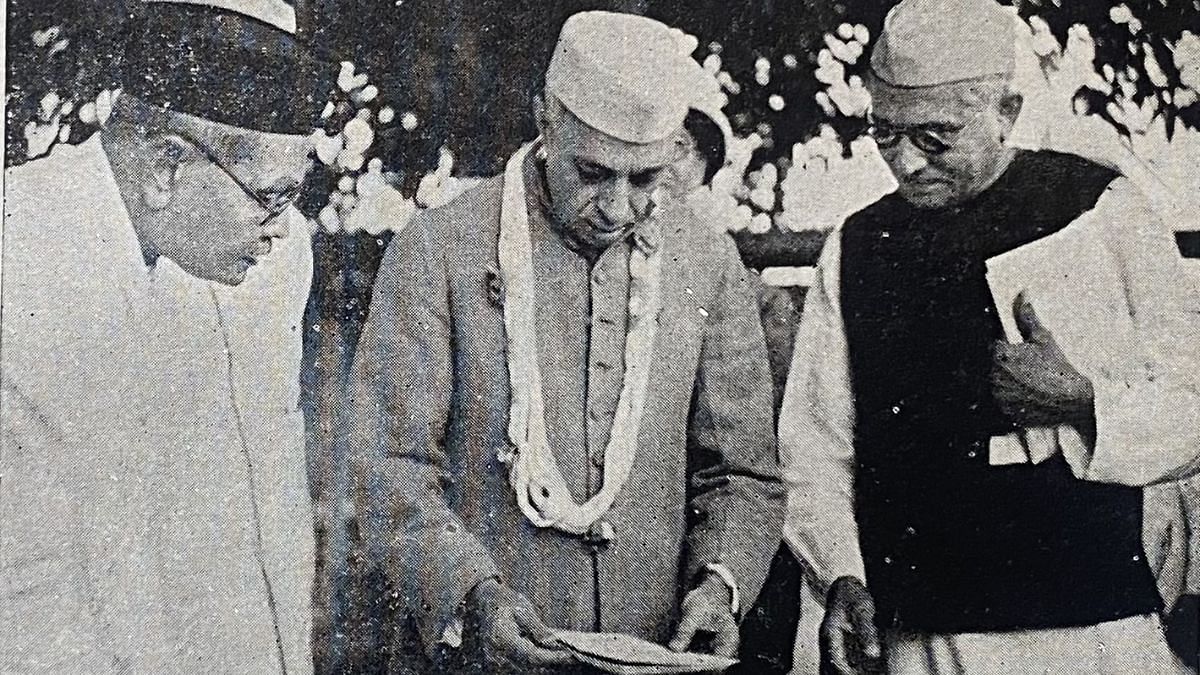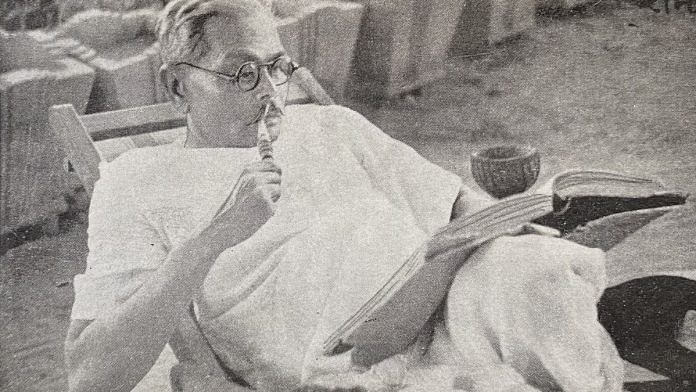Bhailal Patel, a civil engineer by profession, is credited with founding, by some accounts, the first education town in India, known as Vallabh Vidyanagar. Bhaikaka, as he was popularly known, also made a mark as a principled politician and a leader of Swatantra Party in Gujarat.
A student of Baroda College and College of Engineering, Pune, Bhailal had an exceptional career as an engineer during the British Raj. He worked on the Sukkur Barrage project (now in Pakistan)—a huge irrigation project with a total cost of over Rs 18 crore in the 1920s—with exemplary efficiency. Bhailal had a knack for completing tasks ahead of schedule and for lower than estimated costs in the budget, without compromising the quality. He was working on another project of laying 10,000 miles of roads in Sindh (in present-day Pakistan) when former Deputy Prime Minister Sardar Patel called him back to Gujarat to do public service.
Bhaikaka joined Ahmedabad municipality as a chief engineer in 1940 after serving the British government for 25 years. He initiated sewage and water works in Ahmedabad in his characteristic style. But unlike his British bosses, the elected president of the municipality, instead of appreciating his quick and thrifty work, accused him of quoting disproportionately high estimates. Beautification of the deserted Kankaria Lake in Maninagar, a developing suburb of Ahmedabad at the time, was the result of Bhaikaka’s foresight. He also amicably removed obstructing sections of the old city wall in a Muslim area to clear it of debris and promote its development.

Also read: Vivekananda shared a deep bond with Junagadh’s dewan, never forgot his ‘fatherly kindness’
Making of Vidyanagar
After leaving Ahmedabad in less than three years, he thought of building a university and an educational hub around it, as a tribute to Sardar Patel. He had no money or help for such a huge project. But Bhaikaka firmly believed that money does not mean only currency notes. Intellect, experience, efficiency, mentality, labour—everything could be converted into money. He wanted to produce several quality goods related to construction work at the beginning of the project, selling them slightly cheaper than the market price. Then he would use the profit to fulfill his dream. Many people dismissed his ideas, equating them with the stories of Arabian Nights. Only Bhikhabhai Patel, a member and former principal of Charotar Education Society supported him.
Bhaikaka wanted to establish a self-financed university in its true sense. However, the Registrar of Bombay University raised an objection against mixing ‘learning and earning’. Hence two separate bodies were formed for different purposes—Charutar Vidya Mandal for education and Charotar Gramoddhar Sahkari Mandal, a co-operative society for economic activities. He secured 1,000 bigha (approx. 625 acres) of land, near Sardar Patel’s birth place Karamsad and a nearby village, Bakrol. A part of the land was within the limits of Baroda State and was transferred to the Vidya Mandal. The rest of the land under the British administration was privately owned by different people. Local landowners either sold the land or chose to donate to a worthy cause. They were promised and subsequently allocated a plot with much more value once the town’s plotting was completed.
There were only two engineering colleges in the Bombay Presidency, in Pune and Karachi. Bhaikaka decided to build an engineering college alongside a science college, which would serve as a pool to get students for engineering in the first phase of the university. An arts college was also added later to the plan. Bhaikaka met Sardar Patel after his release from the jail in 1945 and explained the details to him. Fully convinced, Sardar Patel agreed to be the president of the Charutar Vidya Mandal. Bhaikaka became the chairman and Bhikhabhai took the secretary post.
Bhaikaka’s motto was ‘Enlightened Self-interest,’ which essentially meant taking good care of both the people working for him and the broader community. His fairness, trust, dedication, and affection were genuine and bore great results. Bhaikaka could get a dedicated workforce at a cheaper price as he provided them with basic housing, water connection, and permission to take up other projects when there was no work on the site. An infamous dacoit from the area met Bhaikaka and assured him of the safety of his workers and goods, acknowledging that Bhaikaka was ‘doing all these to provide education, and livelihood to the poor.’
The co-operative society issued shares with guaranteed low returns, informing the shareholders that it would be their contribution to the cause. Bhaikaka established brick kiln, sawmill, foundry, workshop, goldsmith lab, pipe-making and cement factory, printing press, and even a nursery to prepare the saplings of flowers and vegetables for the proposed town. The goods produced from these facilities were used for the project and sold in the market.
Bhaikaka and his associate Bhikhabhai shifted their base to the site in March 1946. A common building with 10 rooms was built in which Bhaikaka and Bhikhabhai stayed along with some other persons working on the project, braving rain and all sorts of adversities. The brick kiln was inaugurated by a Dalit overseer and the inauguration of the workshop was done by a Muslim fitter.
From the laying of the first brick of Vitthalbhai Patel Mahavidyalaya on 15 January 1947 to the establishment of Sardar Patel Vidyapith that was later rechristened University in 1955 by a special act, the journey was full of challenges and non-cooperation by some of the Congress leaders of the Bombay Presidency.
But Bhaikaka did not lose heart. One of the reasons for his success, in his words, was the fact that “we had fewer facilities for us in comparison to the facilities we gave to the Dalit workers”.
The university town was christened ‘Vidyanagar’ by a Congress leader and journalist Indulal Yajnik who filed a detailed report on this unusual venture in a local newspaper. It was eventually known as Vallabh Vidyanagar. The mango tree under which Bhaikaka used to sit and draw initial plans for the education city became Sardar Patel University’s logo with the motto: Shilvrut Falam Shrutam—the result of education is a good character.
The vice chancellor of the Bombay University, Justice Chagla inaugurated V.P. Science College in 1947 when it was not fully constructed. Teachers and students collaborated on some work for a hostel, swimming pool, polishing the furniture etc. Businessman GD Birla unconditionally donated Rs 25 lakh to the engineering college. On Sardar Patel’s request, viceroy Louis Mountbatten and his wife visited Vidyanagar in June 1948, the last days of their time in India, and inaugurated the incomplete building. Birla, present on the occasion, wrote to Sardar Patel with a tinge of complaint, “Bhailal marries off children before they are born” .

Nobel Laureate CV Raman also visited Vidyanagar in 1948, and he complimented Bhaikaka. Raman said that if he had an engineer like Bhaikaka, The Raman Research Institute would have been built better.
When Prime Minister Jawaharlal Nehru visited town in February 1949, expressed amazement at the kind of work Bhaikaka did against all odds and without government aid.
Disillusioned by the Congress leadership, Bhaikaka decided to fight the first general election in 1952. As a man of principle, he resigned from all the educational institutions before filing his candidature. He lost the election. Later on, he became part of Swatantra Party, an economically Right-wing formation with C. Rajagopalachari at its helm. Under Bhaikaka’s leadership, the party secured 26 and 66 assembly seats in the 1962 and 1967 polls respectively.
Bhaikaka died in 1970 at the age of 82. Today, he is remembered by a statue in Vallabh Vidyanagar and his name in several institutions. But his cherished motto of enlightened self-interest and his integrity has no takers in the current times.
Urvish Kothari is a senior columnist and writer based in Ahmedabad. He tweets @urvish2020. Views are personal.
This article is a part of the Gujarat Giants series.
(Edited by Ratan Priya)






